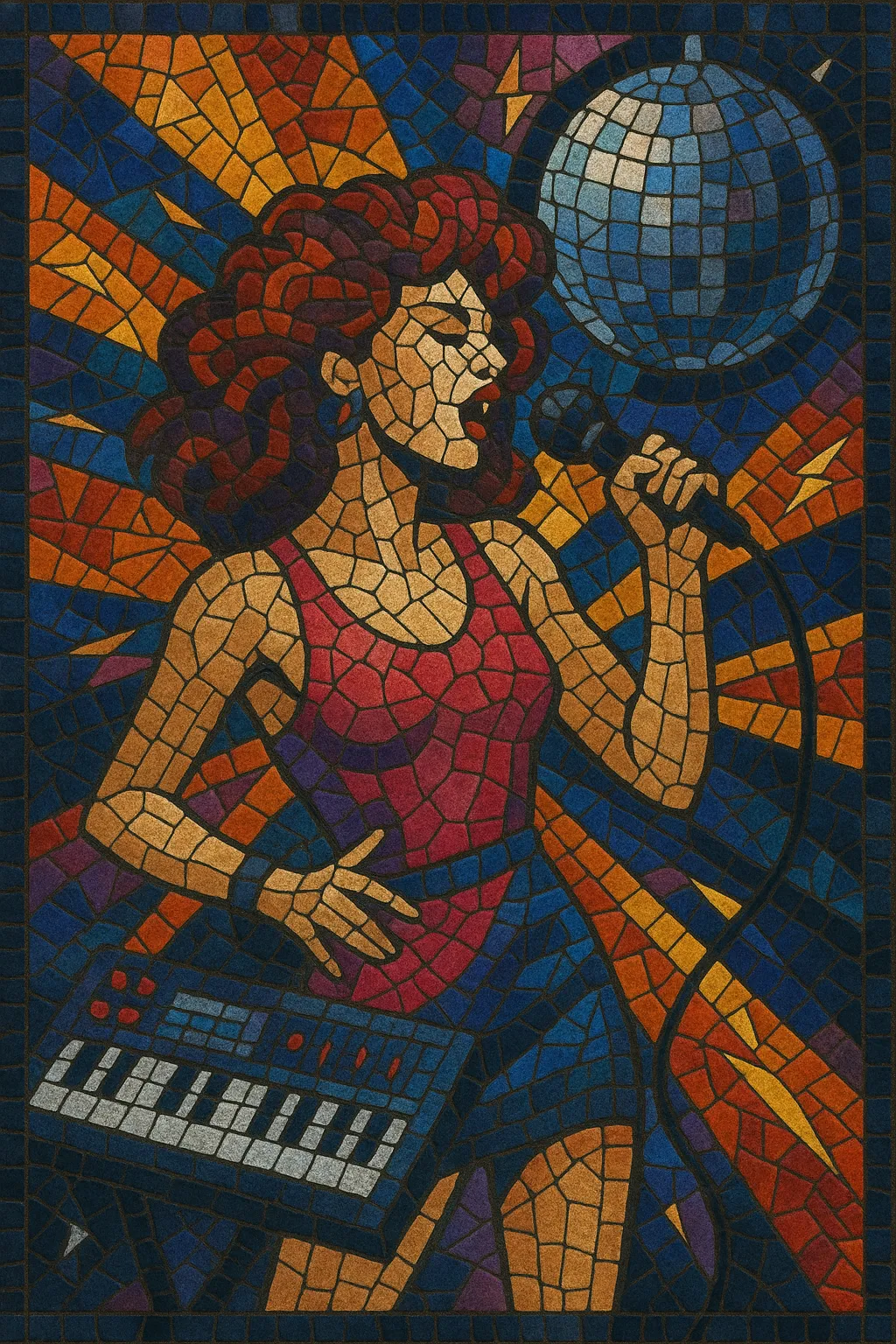Hi-NRG (pronounced "high energy") is a fast, hard-driving form of post-disco dance music characterized by four-on-the-floor kick drums, octave-jumping synth basslines, bright synth stabs, and powerful, often belted vocals. Typical tempos range from about 125 to 140 BPM, giving the music a relentless momentum designed for peak-time club play.
The style fuses the glossy sheen of Euro-disco and synth-pop with the muscular immediacy of electronic drum machines and sequencers. It is closely associated with LGBTQ+ club culture, anthemic choruses, and themes of empowerment, desire, and nightlife. Signature production touches include gated-reverb snares, handclaps, glittering arpeggios, and dramatic key changes that heighten emotional lift.
Hi-NRG emerged as a faster, synthesizer-forward evolution of disco in the late 1970s and crystallized in the early 1980s. Building on Euro-disco’s electronics (notably Giorgio Moroder’s work) and the momentum of post-disco club music, producers and DJs in the United States (especially San Francisco and New York) and the United Kingdom began pushing tempos and emphasizing sequenced basslines and punchy drum machines. Early touchstones include Sylvester’s collaborations with Patrick Cowley and Cowley’s own productions, which modeled the octave-charging bass figures that became a hallmark of the style.
Through the early to mid‑1980s, Hi‑NRG flourished in gay clubs and specialized UK venues such as Heaven, and it crossed into the pop charts via anthems known for their dramatic hooks and diva energy. Producers like Bobby Orlando (Bobby "O") and Ian Levine helped define the sound on both sides of the Atlantic. Landmark records include Evelyn Thomas’s “High Energy,” Miquel Brown’s “So Many Men, So Little Time,” Hazell Dean’s singles, and Dead or Alive’s “You Spin Me Round (Like a Record),” the latter linking Hi‑NRG to the hit-making machine of Stock Aitken Waterman.
By the late 1980s, house music rose to dominance, but Hi‑NRG’s DNA persisted. Its high-tempo, glossy synth production directly fed into Eurobeat (greatly popular in Japan), informed the polish of late‑1980s and early‑1990s dance‑pop, and colored the emergence of Eurodance. Elements of its rhythmic insistence and bright, modulating arrangements can also be heard in UK hard house and the streamlined energy of new beat. Hi‑NRG remains a staple of classic club nights and a reference point for modern retro‑leaning pop and dance productions.


